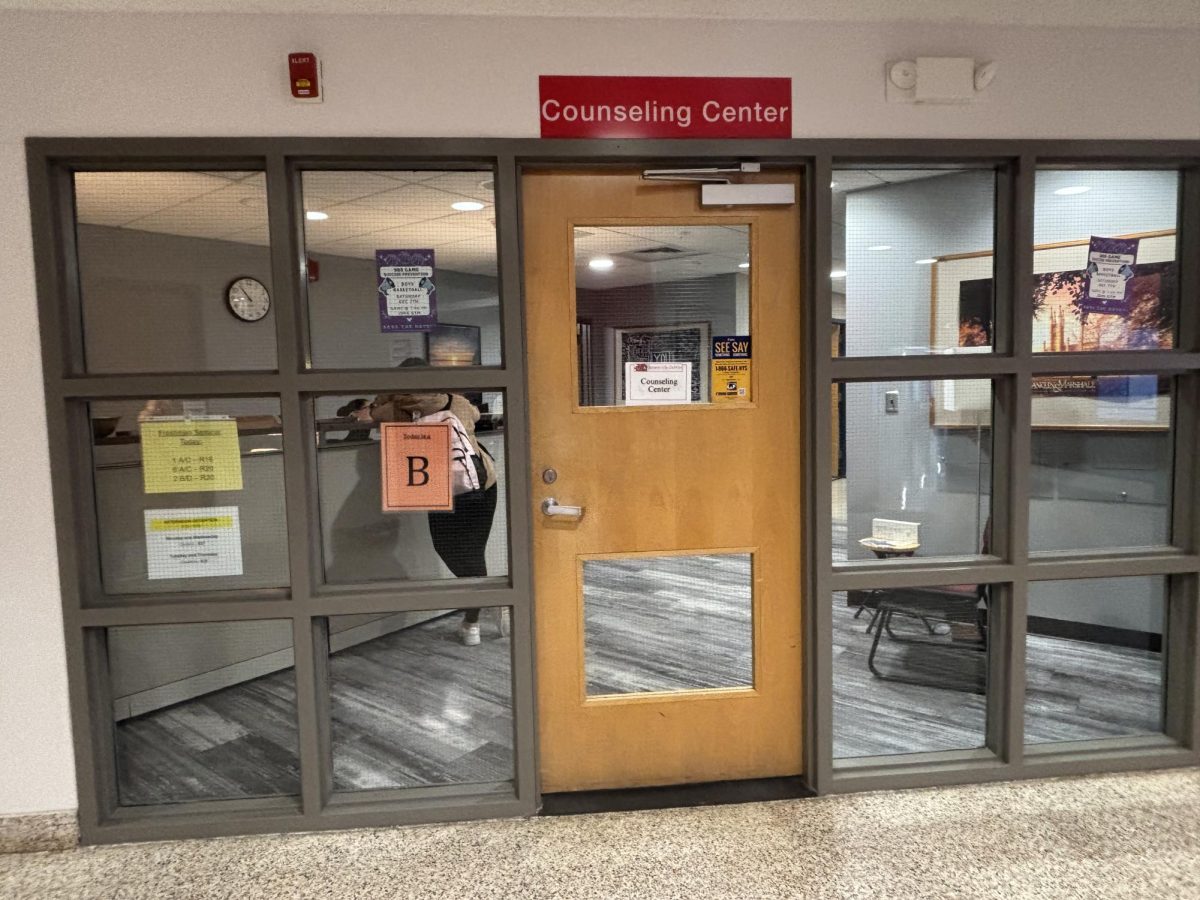By Contributing Writers Ella Azria (’25), Olivia Conley (’25) & Lillie Fowler (’25)
As you walk down the street, you pass different people every day. Whether they’re older or younger, taller or shorter, you can see these differences and traits with your eyes. But there are some things you can’t see. What goes on inside a person’s head is kept quiet from the world, and no one would be able to tell who is struggling by looking at them. A large portion of the population who struggles heavily with mental health is students. This includes grades k-12, not just the teenagers. Although teenagers do take up a significant portion. Some students don’t feel comfortable enough to confide in those who live at home when they are struggling, that’s where the school gets involved. Providing help to those who need it is important, but these students need to be identified before they can be helped.
In the past few years, mental health has been discussed more in the younger generations. The number of people who have mental health struggles has risen. Whether these numbers are nothing new and people are just less afraid to speak up, or there is a serious problem in our world, it is apparent it needs to be spoken about.
During the Covid-19 pandemic, we were all confined to being by ourselves. Not getting that social interaction that we all needed took a toll on many people. Just in New York, every three-in-ten people reported poor mental health after the pandemic ended. This may not seem like a big deal, but keep in mind there are almost 20 million people in the state. That means six million people reported poor mental health, and that’s only the people who spoke up for themselves. There are many reasons why people can’t or in some cases won’t receive the care they need. Many people are simply less likely to be connected to resources. Factors like your gender, ethnicity, healthcare situation, and more, can all be factors on if and how you receive mental care.
Our school has many resources to support mental health. However, many students don’t know about these readily available resources at school. All students are made aware of the guidance counselor’s office here at Jamesville-DeWitt High School on their very first day of school. However, since it is not publicized, the majority of students don’t know what Helio Health is. So, what is Helio Health? Helio Health provides a stable environment for students in many school districts to help assist with mental health and other illnesses. It was implemented in our district around 3 years ago. Ever since then, many students have gotten the help and support they needed with their mental health. The guidance counselor’s office is also a readily available resource. However, many students stated that they don’t feel comfortable with going to their counselors for help.
The Behavioral Intervention Monitoring Assessment System (BIMAS) is a survey that is a measure of social, emotional, and behavioral functions in children and teenagers, ages 5-18. The BIMAS survey is a total of 34 questions used to asses a student’s health on a scale of 1-5. Depending on the way a student answers one of the 34 questions, the BIMAS staff and counseling center have certain protocols they follow to make sure a student is safe. There could be many different outcomes for a student. Over the past 25 years, the BIMAS survey has been under scrutiny to make sure that their test was suitable for that specific age group.
Students’ mental and social health is one of the top priorities of schools. At J-D, administrators try to provide a safe space where students can be free to share whatever they need, good or bad. No matter what administrators and staff do, sometimes students just don’t want to open up. When the topic of the BIMAS survey was brought up, many students said they had no problem answering the survey truthfully, but once the survey is completed, they have no idea where the information goes. After being informed that the results ended up with your counselor, it seemed to have caused more distrust in the relationship between students and administrators. One student said, “They [counselors] tell us to come to them, but they don’t try to initiate relationships.” The student admitted this made it hard to “commit” to forming a bond. Students claim to be aware of the resources available, but when it came down to using them, a student said “It is just not something a lot of people will do.” They claim students are too indifferent to go to that extent of help unless it is something they truly desire.
Providing the help and care needed to keep the student body and those around them safe is something that J-DHS strives for every day. No matter who it is, their home situation, grades, academic history, or anything else, help is always available. Sometimes, it is those who never speak up for themselves who are struggling the most, and they may need to have someone or something to reach out and see how they are doing for a change.





































